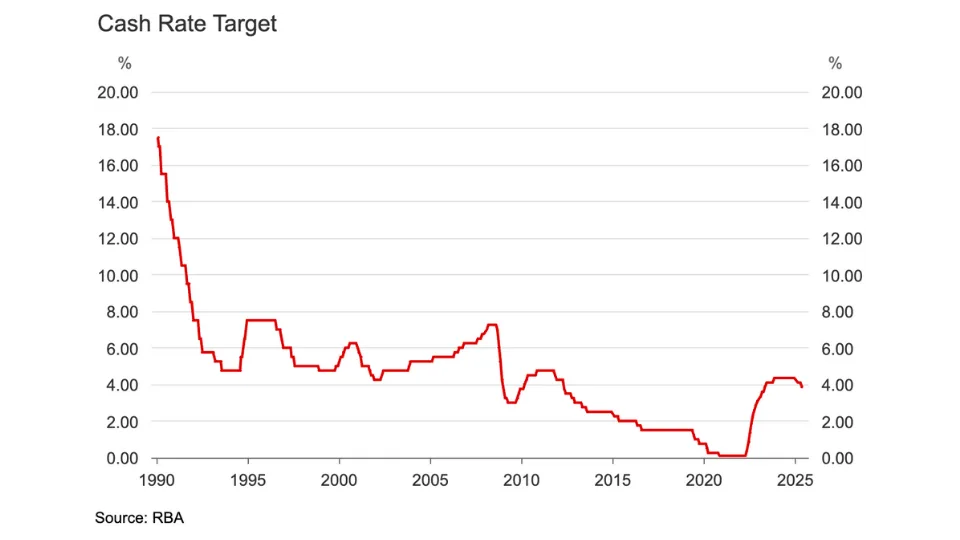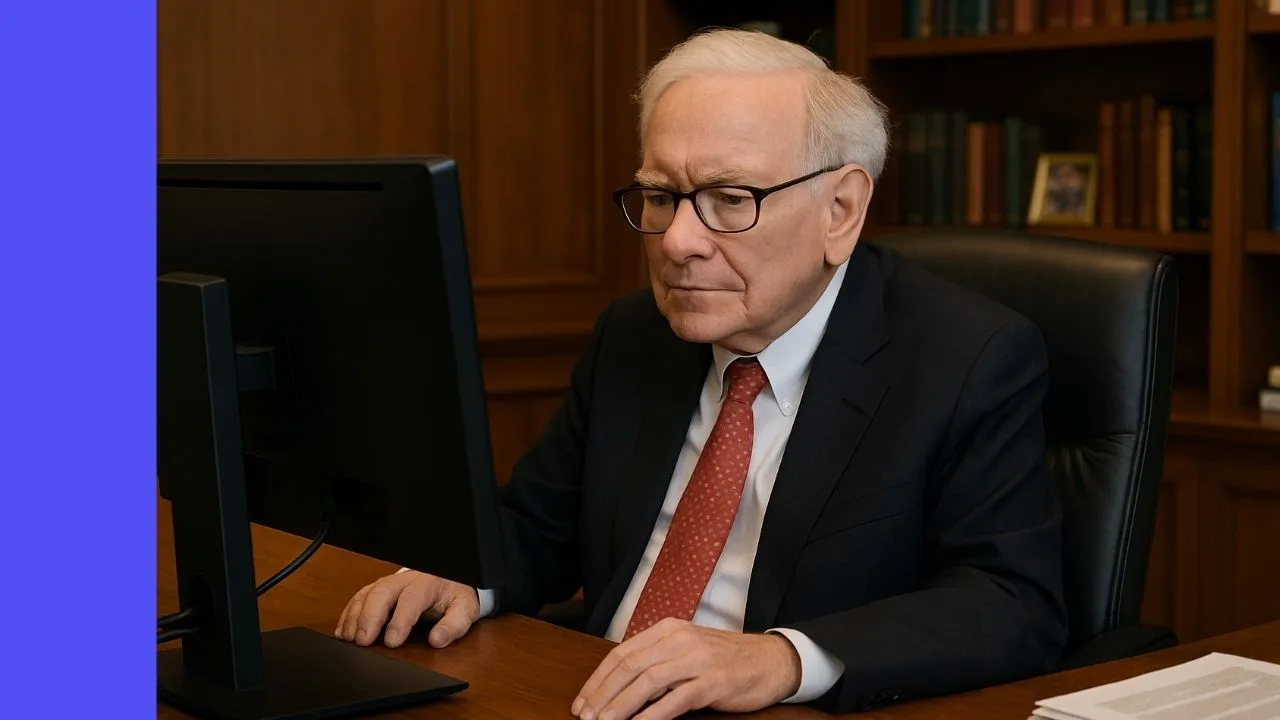Is the Vanguard Australian Shares High Yield ETF (ASX: VHY) the best Australian income ETF? Here are 3 reasons to consider it for your portfolio.
1. High quality companies
The VHY ETF invests in a portfolio of ASX-listed companies with the highest forecast dividend yields.
VHY currently holds 67 companies skewed towards financials but also including materials, energy, industrials, telecomm, utilities companies, and others.
Unsurprisingly, the biggest holdings in this ETF are the ASX dividend powerhouses. Companies like BHP Group Ltd (ASX: BHP) and Commonwealth Bank of Australia (ASX: CBA).
Aside from delivering big dividends, the companies in the VHY ETF also average an earnings growth rate of 7.3% per year, meaning there’s potential for capital growth. This means VHY might be suitable for those getting closer to retirement who want some income, but are still looking for growth potential.
2. High (and consistent) yield
With the recent dip in Australian share prices and some one-off dividend payouts, the VHY running yield currently sits at around 7.96%.
While this might seem like a great deal, the longer term average yield is closer to about 5% per year, still making it a great income option.
Plus, there’s another added benefit of the VHY ETF compared to other income options like bonds.
Because VHY invests in Australian companies, many of the dividends also come with franking credits.
The latest dividend was a little over 12% franked, and past dividends have usually been 30-35% franked.
Franking credits can lower your effective tax rate and increase the total value of the dividends paid. You can read more about how franking credits work here.
3. Low management fees
The third reason we like VHY is that it’s one of the lowest-cost income options on the ASX.
Vanguard charge a management fee of 0.25% per year, or $25 on a $10,000 investment.
It’s also got almost $4.5 billion in assets under management, and a track record of almost 15 years, so we feel confident that this ETF is here to stay.
Alternatives
Of course, the VHY ETF isn’t the only equity-based Australian income ETF on the ASX.
Other options include the Betashares Australian Top 20 Equities Yield Maximiser Complex ETF (ASX: YMAX), or the Vanguard Australian Property Securities Index ETF (ASX: VAP) for property exposure.
For a global shares option, you’ve also got the iShares Yield Plus ETF (ASX: IYLD). I recently covered these three ASX ETFs here.
Finally, if you really want to learn more about the ETFs available and how they work, you might consider enrolling in our free online Beginner ETF Investing course.










